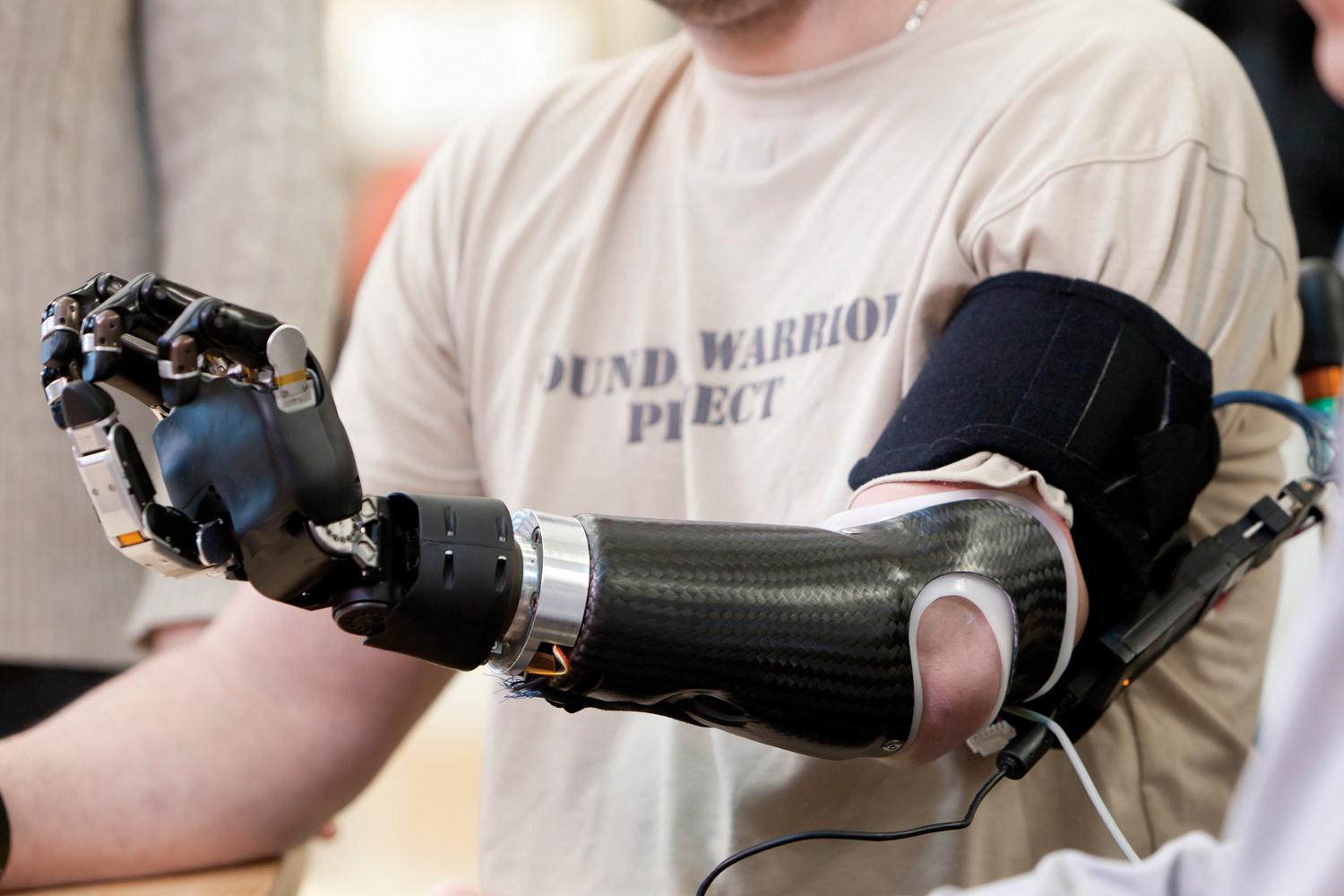When we think of prosthetics, the classic images that come to mind are usually static limbs made of plastic or metal. However, a revolution is underway that is transforming prosthetics into highly advanced bionic limbs with functionality closer to natural human parts. Through cutting-edge engineering and a focus on personalized patient experiences, bionic prosthetics are helping amputees regain independence and empowering them to reimagine what is possible after limb loss.
A Brief History
The history of prosthetics dates back thousands of years to some of the earliest attempts at devising artificial replacements for missing limbs. However, major advancements didn't start occurring until more recently. In the mid-20th century, new materials like plastics began allowing for more life-like cosmetic prosthetics. Myoelectric prosthetics that could be controlled via muscle signals emerged in the 1950s, giving users newfound dexterity. Targeted muscle reinnervation surgery, developed in the 2000s, further improved precision and control.
The Dawn of Bionics
Over the past decade, exponential leaps in areas like robotics, biomechanics, microelectronics and neural interfaces have turbocharged the field of prosthetics and paved the way for true bionic limbs. No longer seen as static replacements, modern Bionic Prosthetics can mimic almost all natural joint movements, generate diverse grip patterns, and process myriad sensory inputs. Implanted myoelectric sensors, targeted musculature, and pattern recognition algorithms translate users' thoughts and intentions into dexterous motions.
One company at the forefront of this revolution is Deka, led by Dean Kamen who created the Segway. Their DEKA Arm System uses pattern recognition software and nearly life-like articulation from the shoulder to the fingers. With just a thought, users can perform complex tasks from picking up an egg to turning a key. Meanwhile, other startups like Mobius Bionics are developing multi-articulating hands with anthropomorphic designs and sensory feedback.
Restoring Sense and Independence
Beyond motion, new bionics are also working to restore natural senses lost to amputation. Startups like NeuroLife are developing prosthetic nerves to bring back basic sensations like touch and temperature. Their "NeuroMesh" interfaces nerves in the residual limb to an artificial limb networked with pressure sensors. Early tests are achieving sensory restoration for grasping different objects.
These advancements are empowering amputees to live fully independent lives again after limb loss. Complex tasks that were difficult or unsafe, like cooking, driving and craftwork are now accessible. Active lifestyles from sports to hiking are more achievable. Most importantly, bionic limbs can restore self-confidence and erase stigmas by reducing visible differences from the norm. With each advance, prosthetics evolve from replacements into enhancements of human capabilities.
Customized for the Individual
A major focus of this new generation of bionic prosthetics is ensuring accessibility and customization for the unique needs of each user. 3D printing, flexible materials, and modular designs are unlocking personalized options never seen before. Limb systems can now be precisely fitted and customized on-demand for size, strength requirements and precision needs.
Companies like Open Bionics in the UK take this customization one step further with their trendsetting Hero Arm, the first multi-grip bionic hand available in diverse skin tones. Users can customize the arm's graphic designs for self-expression. These approaches make prosthetics much more inclusive by catering to users' identities, body shapes and individual personalities.
Hurdles to Widespread Adoption
For all the promise of bionics, important challenges still remain before these revolutionary technologies achieve mainstream adoption and accessibility. Cost is a major concern, with many advanced systems priced out of reach for most amputees. Insurance coverage for high-tech prosthetics varies greatly in different countries and U.S. states.
There are also continuing technical challenges to address, like improving battery lives, making prosthetics more robust and refining long-term control interfaces. Rejection or failure rates for implanted sensors and other tech components also need reducing through more biocompatible materials and engineering.
The regulatory landscape requires modernization to keep pace with fast innovation cycles in bionics startups as well. Streamlining approval pathways could accelerate beneficial technologies reaching patients more quickly. Finally, more comprehensive rehabilitation programs are still needed to impart the skills, training and follow up support for successful bionic use.
The Future is Now
While obstacles remain, the momentum is clearly in favor of progress. Investment and public interest in bionic technologies are surging as capabilities showcase what's possible. Cutting-edge projects portend an exciting future, like brain-computer interfaces allowing direct thought control of prosthetic limbs without any muscle signals.
As costs continue dropping through automation, standardized components and mass production, bionics will become viable options for more amputees worldwide. With each incremental advance, these technologies will empower more to reach their fullest potential. After so much progress in such a short time already, it's clear the future of bionic prosthetics is now - and it will only get more empowering from here.
For more insights, Read- https://www.trendingwebwire.com/bionic-prosthetics-enhancing-human-abilities-through-technology/
